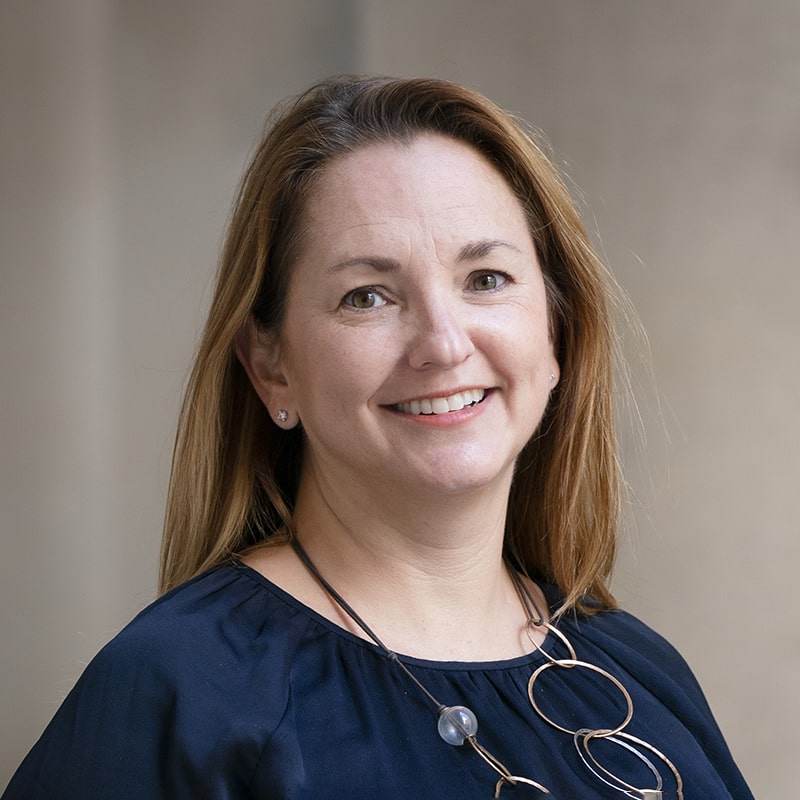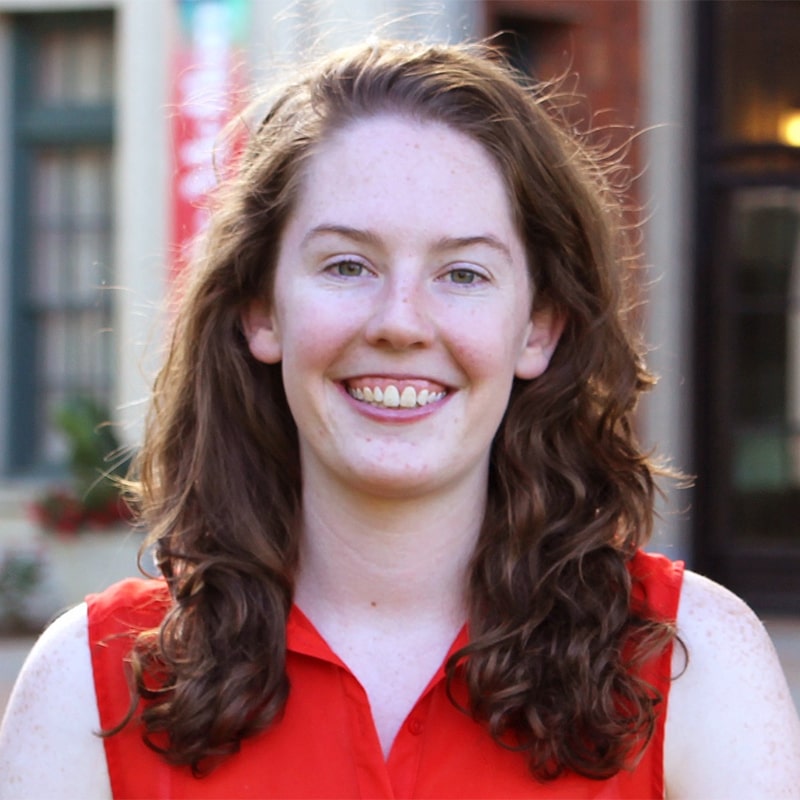Optimizing Strategies for Learners with Dyslexia
Researchers explore how learners with dyslexia categorize sounds to optimize new learning strategies
By Stacy Kish
Dyslexia is a language-based learning disorder that manifests as a cluster of symptoms that affect language skills, particularly reading. Researchers at Carnegie Mellon University, the University of Pittsburgh and the University of Haifa applied computational models to determine how learners with dyslexia categorize auditory information. The results are available in the February issue of the Psychological Science.
“Though learning differences are not exclusive to the auditory system, they are nicely linked to speech,” said Lori Holt, professor in the Department of Psychology and the Neuroscience Institute at CMU and co-director of the Center for the Neural Basis of Cognition. “If we can understand how the learning systems differ for people with dyslexia, it will help us understand how they understand speech, which is the building block of reading.”
Dyslexia affects about 20% of the population. A person with dyslexia has difficulty in processing the sounds of language. This, in turn, affects their ability to read, spell and learn other language-related skills. According to Holt, senior author on the study, impairment often occurs when a person is faced with the multiple paths to process a task rather than a more straight-forward learning path.
To evaluate this hypothesis, Holt and her team focused on how learners with dyslexia categorize auditory signals compared to neurotypical learners. The team used decision-bound computational models to evaluate how people with dyslexia respond to stimuli and perform different tasks.
The team played a series of one-second nonspeech ripple sounds for 29 neurotypical individuals (12 male, 17 female) and 27 individuals with dyslexia (13 male, 14 female). Participants completed three sessions each separated by one week. At the first session, participants completed cognitive and psychological assessments. At the second and third sessions, the participants completed an auditory discrimination task and other tasks.
“When we encounter a problem as adults, we try to find a rule to help us, but sometimes we have to follow a slower practice of picking-up information,” said Casey Roark, a post-doctoral research fellow at the University of Pittsburgh and contributing author on the study. “People with dyslexia have trouble switching from rules over to this slower type of learning.”
The team found the dyslexia group’s learning challenges arose from reduced use of, and slower shifting to, optimal procedural-based strategies during information-integration category learning. On average, participants with dyslexia needed 100 more trials to discover the optimal procedural strategy for a task. In contrast, the dyslexia group was just as good as controls at using declarative strategies during rule-based learning.
The results of this study support the hypothesis that the dissociation occurs when a person must shift from using rule-based to slower procedural-based strategies. New training programs could focus on this approach using speech sounds to encourage strategy shifts for learners with dyslexia.
“This is good news for intervention,” said Holt. “If the fingerprints of learning differences in dyslexia can be measured outside of language, we might not have to wait until children begin to struggle to learn to read to identify kids who would benefit from additional support.”
Holt and Roark were joined by Yafit Gabay at the University of Haifa on the study, titled “Impaired and Spared Auditory Category Learning in Developmental Dyslexia.” The study received funding from the Binational Scientific Foundation, the National Science Foundation and the Israel Science Foundation. In addition, CMU partners with the Winward School to connect learning with dyslexia.

